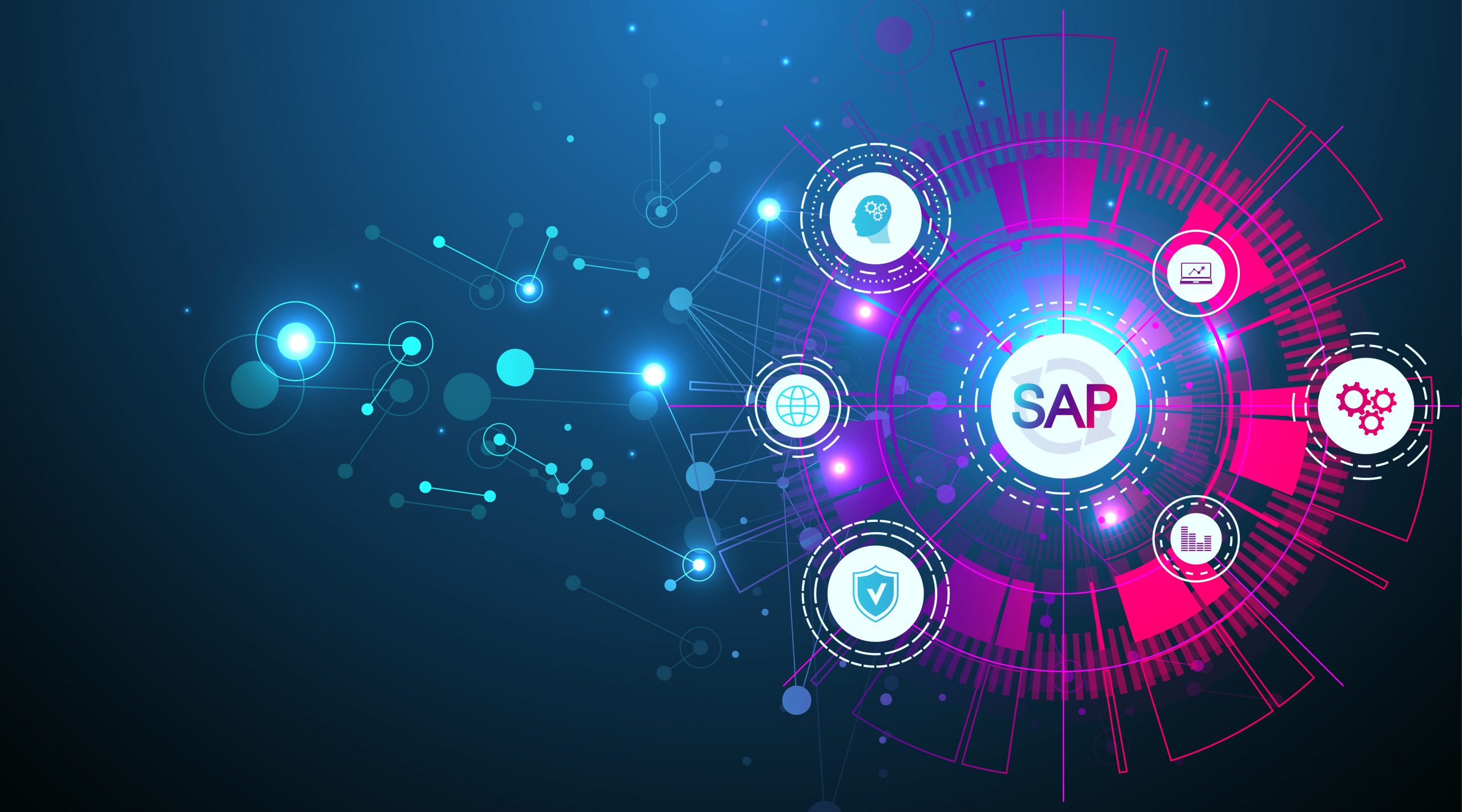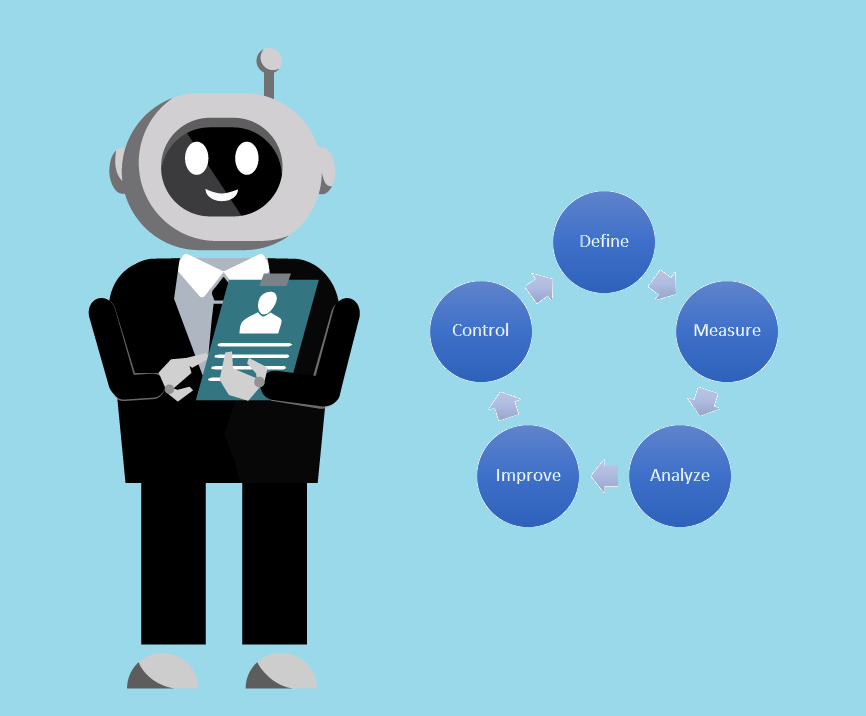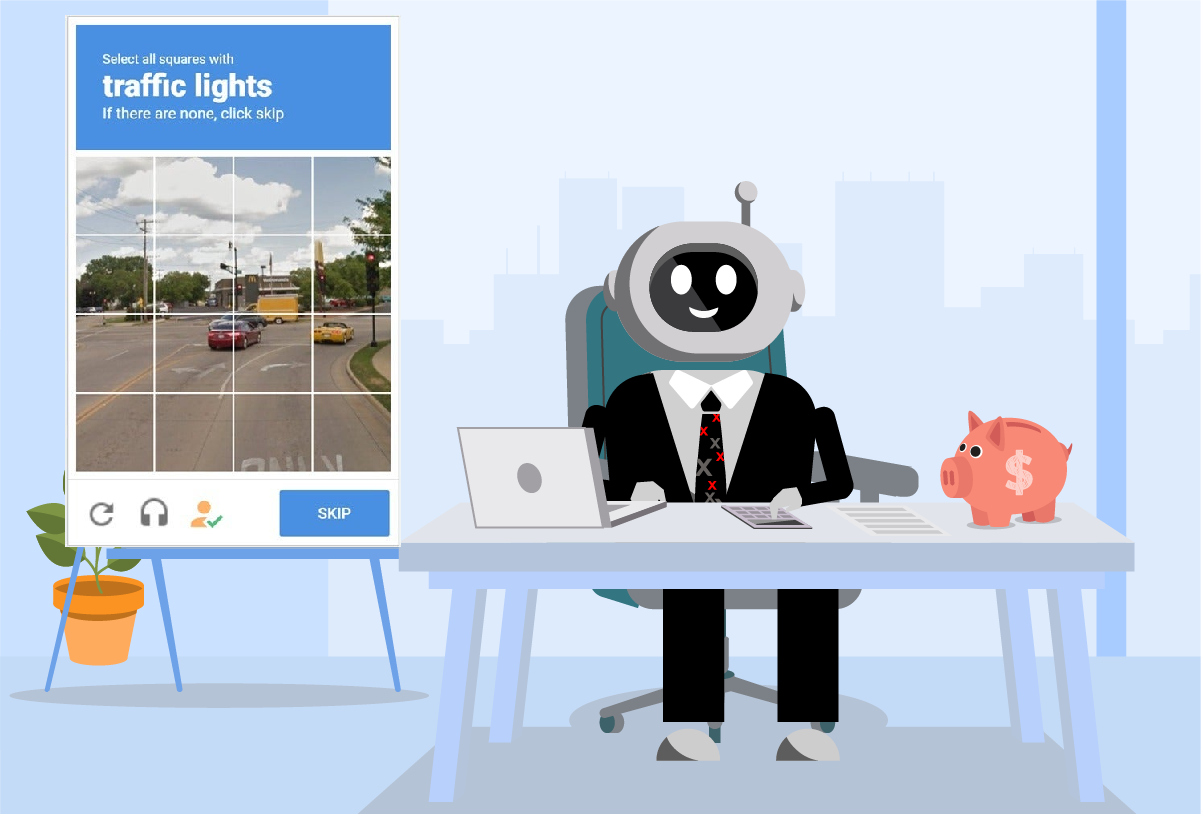In the IT industry, a new year sounds pretty interesting. The importance of automation, artificial intelligence and big data analysis as well as new hacker protection methods is on the increase. Following the Gartner Institute’s estimations, global expenses on IT will rise by over 5%, i.e. 4.6 trillion dollars, in 2023. The value of IT market in Poland will be 56.6 million zlotys, with a nearly 10-million increase until 2026. According to the Deloitte’s report, new technological trends will dominate the months to come and will soon have a considerable influence on development of companies. The following three aspects will drive the aforesaid growth: technology management, digital security and platform modernization.
TECHNOLOGICAL TREND NO. 1 – METAVERSE, that is when enterprise start using AR and VR capabilities
Metaverse is a virtual world that can be used via AR application and VR headset. So far such experiences have been limited to the entertainment. However this technology has enormous potential. It is estimated that until 2026 around 25% of consumers will have spent in virtual reality about one hour a day.
At present only 30% of companies use this technology and have ready-made products and services. Interestingly METAVERSE is becoming more and more frequently used for business. Some enterprises have already started taking advantage of ‘unlimited virtual reality’ in order to build business models.
Current trends show that the Internet will soon turn to be a great place to interact with customers. Thanks to such an approach, it will be possible to rebuild commitment and customer loyalty as well as test new ideas.
TECHNOLOGICAL TREND NO. 2 – ARTIFICIAL INTELLIGENCE, that is how to place unconditional trust in artificial intelligence
Enterprises that use AI (artificial intelligence) successfully make themselves and their instruments trustworthy. And this is what gives them a competitive edge.
Artificial intelligence-based algorithms can perform tasks similar to humans’. Thanks to this, they are allowed to take decisions that go beyond simple business rules, relying on machine learning and artificial intelligence.
The companies that intend to develop and expand the impact of the artificial intelligence in their businesses need to know the significance of trust in AI. It is as important as the number or force of algorithms. For this reason customers will choose technologies that prove credible. If this criterion is not met, they will not be willing to use them.
TECHNOLOGICAL TREND NO. 3 – CLOUD, that is how to control chaos over clouds
Presently many enterprises already use cloud solutions and their use potential is getting bigger and bigger. Sadly numerous businesses feel overwhelmed by the number of cloud applications.
The solution to this problem may be a multicloud. Following the assumption of this technology, it is all about optimizing complexity of cloud environments and cloud management merger based on one control panel. It provides many cloud platforms with an access to common services.
Cybersecurity is important with regard to using this instrument. In view of the risk, not all data can be managed under multicloud.
TECHNOLOGICAL TREND NO. 4 – PEOPLE, that is how important IT personnel flexibility is
A rapid technological development also entails huge challenges to people and their skills. Engineering qualifications quickly become outdated. Organizations are not able to hire new employees who have specific skills applicable to every technological shift. This is why experienced managers opt for flexible team members who can quickly adapt to changes and expand their competences.
Thanks to this, modern companies are capable of shaping, supporting and retaining the best specialists. Such entities provide themselves with a permanent access to professionals by offering attractive terms of employment and a well-thought-out organizational structure. It is based not only on IT capabilities, but also interpersonal skills. This allows employees to flexibly develop in the field of new technologies inside the company.
TECHNOLOGICAL TREND NO. 5 – DECENTRALIZATION OF ARCHITECTURE AND ECOSYSTEMS, that is blockchain technology
Blockchain is a list of records interconnected to one another with the use of cryptography that is used in applications, business models, systems, IT architecture, supply chains and cybersecurity. The systems that are based on this technology have become crucial in creating and monetizing digital assets. They are also adopted in building digital trust.
A rising awareness of the potential of this technology derives from comprehensive understanding of its role in fostering the credibility rise. This solution brings invaluable benefits to a growing group of businesses.
TECHNOLOGICAL TREND NO. 6 – SYSTEM MODERNIZATION, that is how mainframe is gathering momentum
In view of fast-changing technologies, it is no longer profitable to get rid of outdated and rarely used systems. Therefore companies are eager to modernize them and combine with new technologies.
The mainframe technology is a guarantee of a few-dozen years’ support to the existing software. Thanks to this, it allows operation of some IT solutions that date back to the previous century.
A large group of businesses hold that unquestionable advantages of the mainframe technology cannot be overestimated. Single mainframe servers prove best-efficient on the market. Moreover they assure flexible scalablity, high availability (HA) and uninterrupted operation in case of major failures (DR). It must be noted that the mainframe technology is continually subject to improvements.
As you can see, current technological trends place a big emphasis on automation and system integration on one hand, and security on the other. In effect it seems profitable to follow them in the long term.
Author: Monika Serafin – Service Delivery Manager
Source:
https://www.rp.pl/analizy-rzeczpospolitej/art37619441-technologiczne-trendy-na-2023-r
Jakie będą trendy technologiczne w 2023 roku?
https://www2.deloitte.com/pl/pl/pages/technology/articles/trendy-technologiczne-tech-trends-raport.html
https://www.computerworld.pl/news/10-trendow-technologicznych-na-2023-r-prognoza-Gartnera,441848.html








